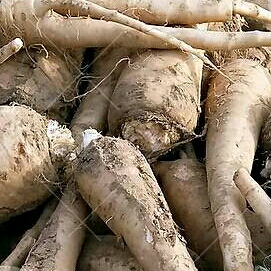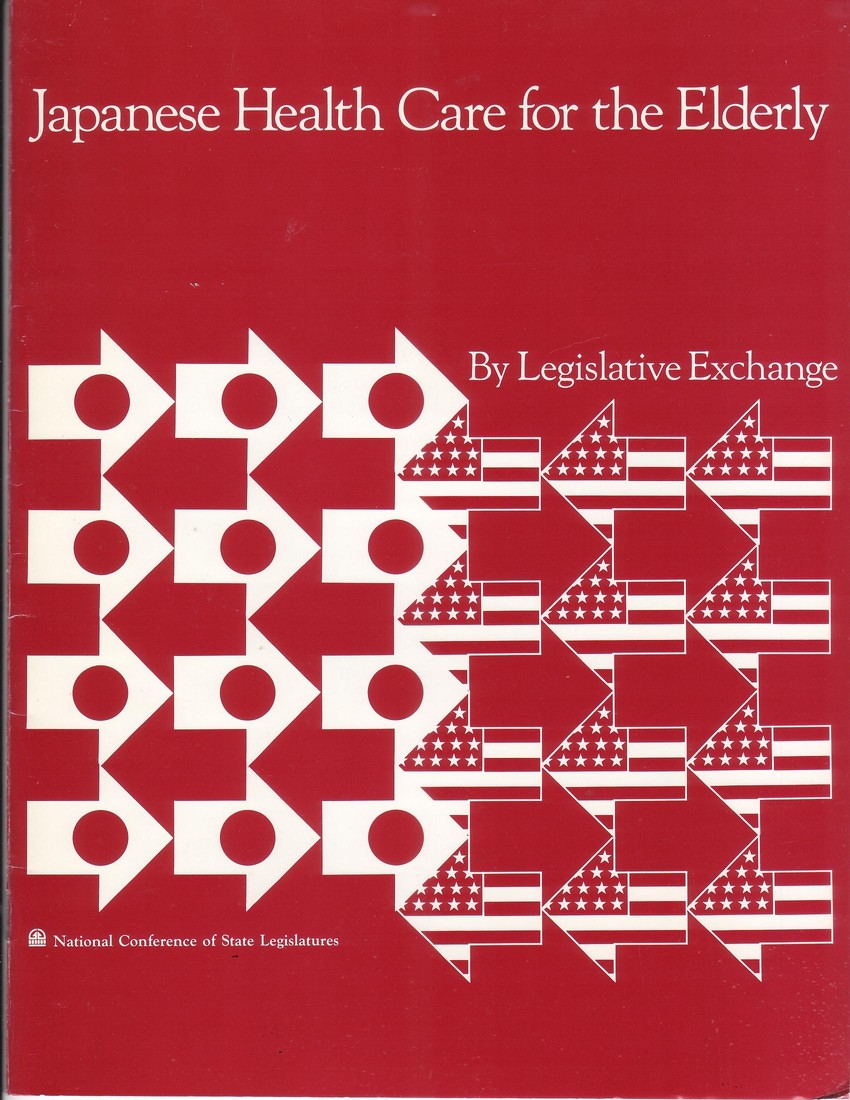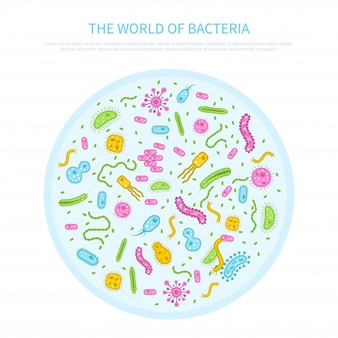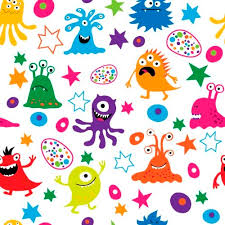Using Classic models (Lotka-Volterra) to do microbiome research
Oct
24
Researchers today are able to use an "interactive platform for generalized Lotka-Volterra (gLV) based modeling and simulation of microbial populations. The tool can be used to generate the mathematical models with automatic estimation of parameters and use them to predict future trajectories using numerical simulations", according to a February 22, 2019 Frontierso India report (see https://www.frontiersin.org/articles/10.3389/fmicb.2019.00288/full).
"We have developed “Web-gLV” to bridge data delivery gaps to enable biologists to take advantage of the multispecies modeling and simulation without any programming expertise," adds the report. This way, scientists can focus on the Science and rely on the "Web-glv" for the computing and delivery.












